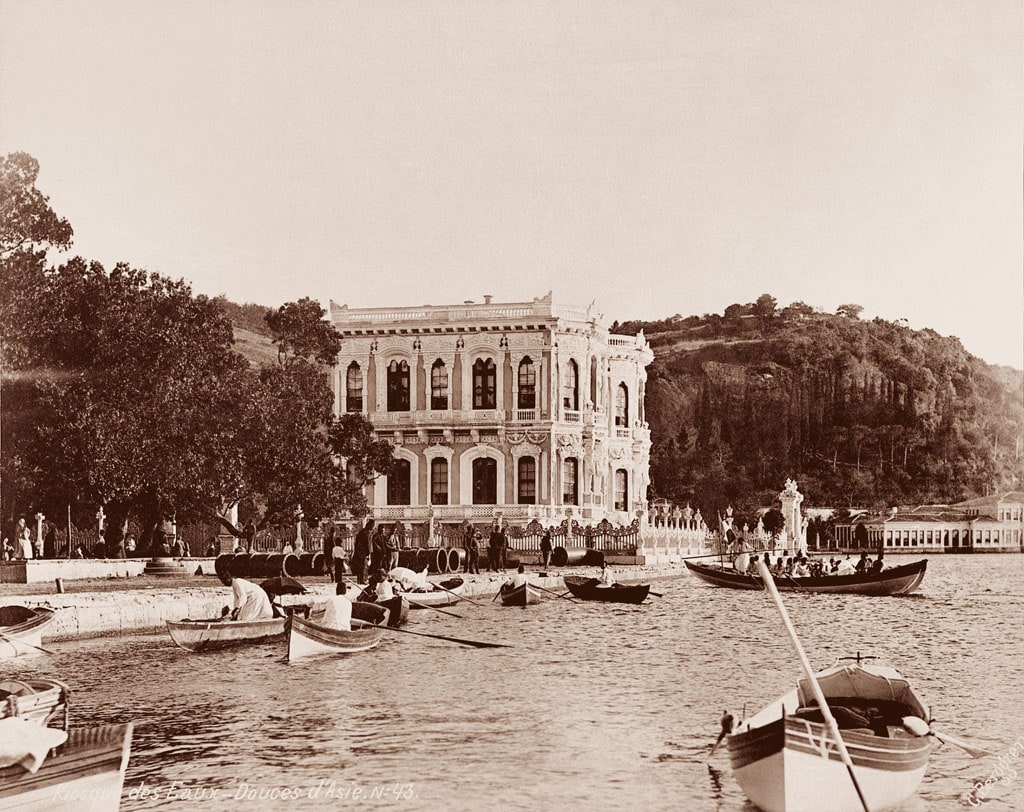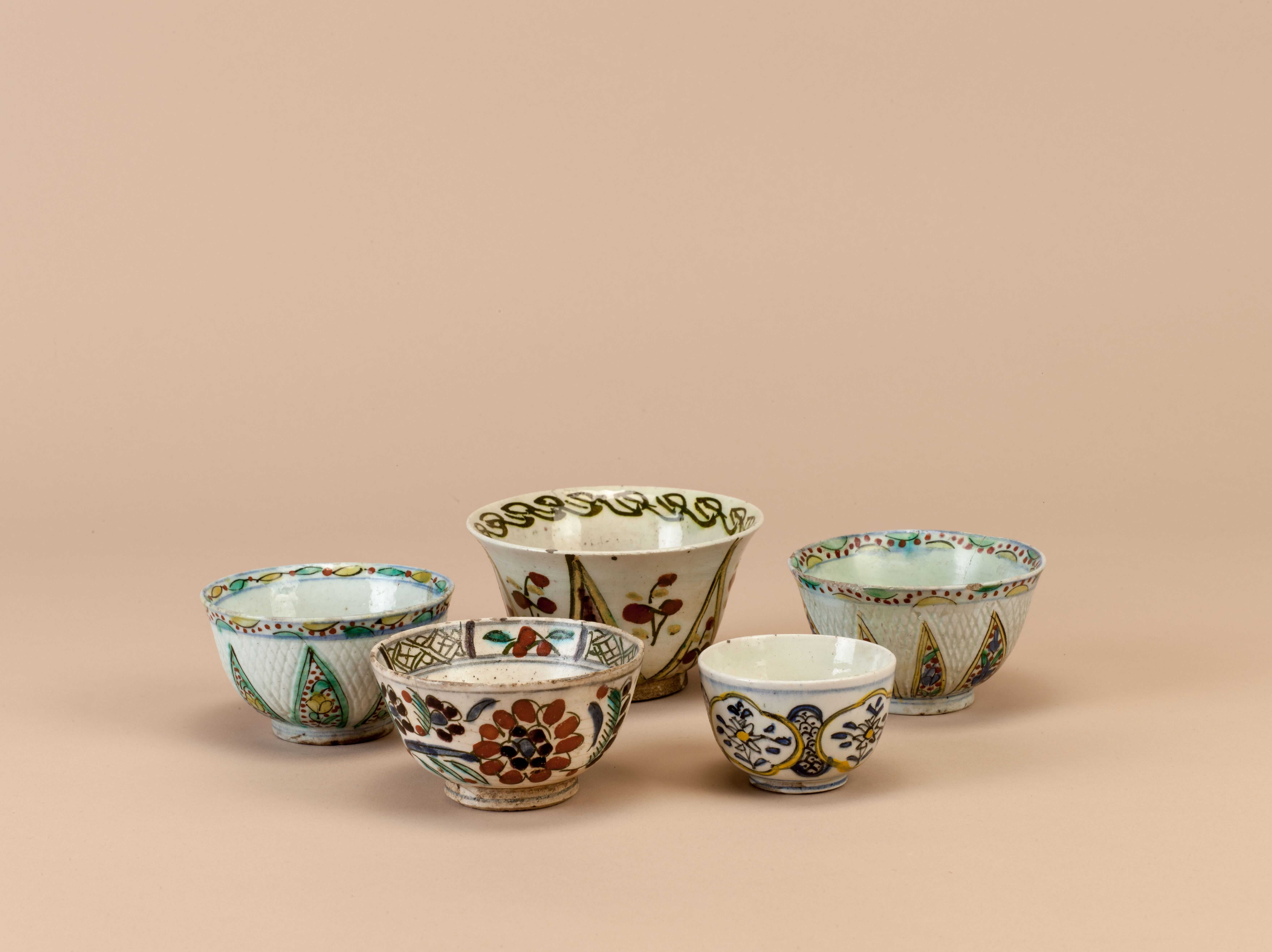Long Friday Concert
January 15, 2016 / 20:00
Complementing the exhibition This is Not a Love Song: Video Art and Pop Music Crossovers and presented as part of the program “Music Embodied”, Eskiz will perform a special concert on 15 January Friday at Pera Museum.
Eskiz was formed by three Fine Arts students in 2007. Their maxi single “Yoksa Bir Rakı Masası mı Görüyorum?” was released after they got first place at Roxy Music Days in 2010. The group performs psychedelic rock&roll at many venues and festivals. In October 2014, they released their first LP “Kimsenin Ruhu Duymaz”, and in spring 2015, they released an EP titled “Türkçe Sözlü Ağır Müzik”. Sedat Girgin left the group and Uygar Çetiner joined instead. Guitar/Vocal: Deniz Ağan, Bass Guitar: Can Tunaboylu, Drums: Uygar Çetiner.
Held on a Long Friday at Pera Cafe, the concert is free of admissions. Space is limited, drop in.

Berggren acquires the techniques of photography in Berlin and holds different jobs in various European cities before arriving in İstanbul. Initially en route to Marseille, he disembarks from his ship in 1866 and settles in İstanbul, where he is to spend the rest of his life.

Coffee was served with much splendor at the harems of the Ottoman palace and mansions. First, sweets (usually jam) was served on silverware, followed by coffee serving. The coffee jug would be placed in a sitil (brazier), which had three chains on its sides for carrying, had cinders in the middle, and was made of tombac, silver or brass. The sitil had a satin or silk cover embroidered with silver thread, tinsel, sequin or even pearls and diamonds.
Tuesday - Saturday 10:00 - 19:00
Friday 10:00 - 22:00
Sunday 12:00 - 18:00
The museum is closed on Mondays.
On Wednesdays, the students can
visit the museum free of admission.
Full ticket: 300 TL
Discounted: 150 TL
Groups: 200 TL (minimum 10 people)